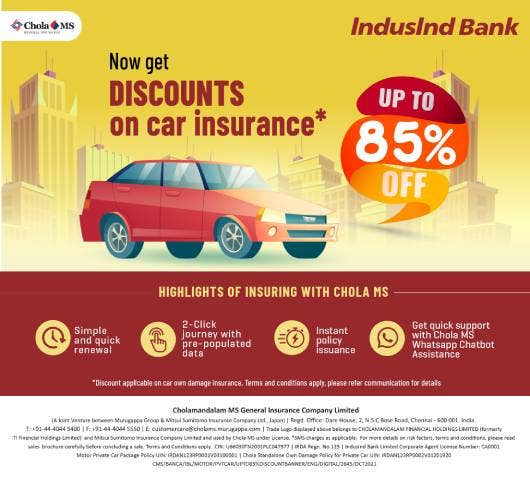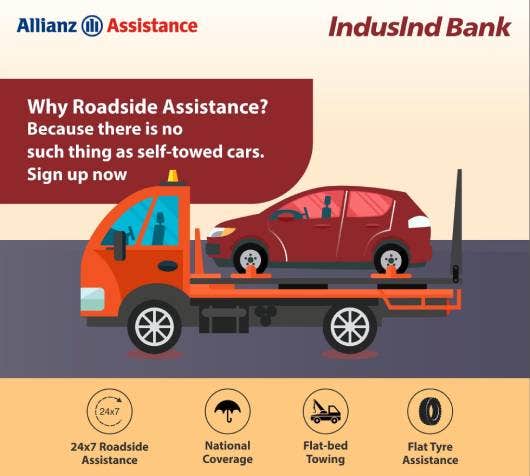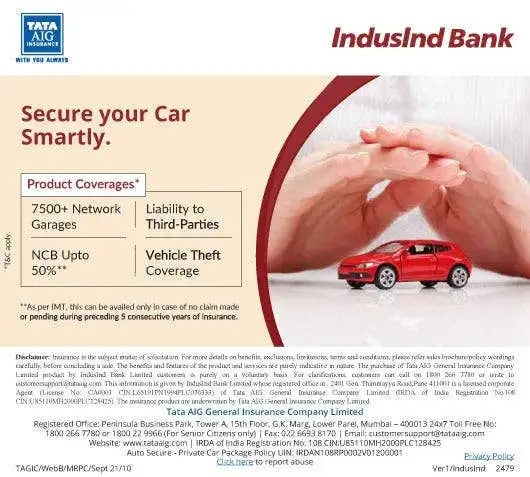
Buying a used two-wheeler? Here are few things that you need to know.
India is fast becoming one of the world's top markets for two-wheelers. Increased commuting needs, expanding geographies and urbanization, increased commercial and social activities have together resulted in an increased demand for used two-wheelers. Multiple research papers point out increased propensity among people to opt to purchase a used two-wheeler in order to save money, primarily due to the availability of multiple vehicles in a good condition. However, as with the purchase of any used product, there are many factors and pitfalls that one must consider and guard oneself against before making the purchase decision. You can use this article as a ready reckoner help when purchasing a used two-wheeler.
- Purpose:
The used two-wheeler market naturally mimics the new two-wheeler market. Most vehicle types that are available in the new market find their way eventually into the used market including scooters, commuter bikes, street bikes, superbikes, cruisers etc. You should evaluate your usage needs while deciding upon the type of two-wheeler you want to buy. For example, a used commuter bike or scooter typically provides good mileage and is more conducive for daily use. In case you intend to use the vehicle for weekend joy rides or on roads that are relatively less busy, a cruiser or a super bike might be a more relevant option. Coupled with the fact that used superbikes cost a fraction of a new luxury vehicle, it might be a smart choice.
- Examine the vehicle:
While first impressions do matter, and a quick look at the vehicle can tell us if it has been taken care of or not, remember not to judge the book by its cover. It is essential to use the help of a mechanic or rely on third party valuators to check the mechanics and workings of the vehicle in question. We recommend that you visit the vehicle for inspecting it in broad daylight. It's essential that you evaluate the bike during hours of bright, clear daylight so that potential trouble sites are visible easily and clearly to the naked eye. Don’t be afraid to get down and dirty. Look at the undercarriage for any major dents or scratches or tell-tale signs of involvement in an accident. If you are relatively new or inexperienced in the art of buying used bikes, it is advisable to seek the help of an expert and to take the person along during the inspection.
- Check the mechanical components
The crucial parts of the two-wheeler that you should examine are:
-
- Oil-Leaks: Carefully inspect the area around the engine for any oil-Leaks. If the bike hasn't been washed, such leaks would be more conspicuous and easier to spot. Even if the bike has been washed well, a closer look can reveal oil contour marks or discoloration at the edges.
- Rust: Over time, the metal components of two-wheelers will rust. If there is just a slight amount of surface rust, it can usually be repaired; however, if the rust is severe, you might need to replace the affected body component shortly. Also look for any rust stains along the entire chassis area.
- Scratches: Due to crowded parking and driving areas, scratch marks are unavoidable in crowded cities and urban areas. A minor scratch here and there is acceptable, but make sure it is not much deeper or clearly apparent, as this could harm the two-wheeler's appearance and end up costing you a lot of money to repair. Deep scratches can also indicate possible involvement in an accident.
- Accidentally damaged two-wheeler: After a serious accident and damage to the bike, many people list their bikes and two-wheelers for sale. It is important to know that sometimes such sale is not due to the vehicle having suffered damage, but due to superstitious and emotional reasons. A few basic checks can clear vehicles for future use and help bag the vehicle at attractive prices too! Verify the handlebar; it must be completely straight and stable. Look for any welding or repair areas on the chassis; they could indicate a hastily fixed chassis. Check the alignment of the tires as well as if their rims have any deformity.
- Check Engine: Start the two-wheeler and look for any smoke or fumes emanating from it. Additionally, pay attention to the sound of the engine; any vibrations or unusual noises can indicate that the engine is in poor condition.
- Oil Check: Remove the dipstick to check the engine oil. The oil must be changed right away if it is a dark brown colour and feels rusty. Additionally, make sure there is enough oil by checking the oil level on the gauge.
- Other important components to check are: spark plug, air cleaner, battery, brakes, clutch an gears.
- Mileage and kilometers plyed: A common fraud is to alter the meter to reflect that the vehicle has been used less frequently. This increases the market price of the vehicle and can result in inappropriate maintenance too. Distance plyed by the vehicle should be seen in concurrence with vehicle’s general state, wear and tear and condition of the vehicle parts and other accessories.
- Test Drive: The proof of the pudding is in the eating! Give the bike a thorough test drive so you can judge the riding quality and comfort level for yourself.
- Documents Review
-
- Registration Certificate – RC Book: Engine and chassis numbers on the two-wheeler should match those listed on the registration certificate, according to the RC book. The two-wheeler number of owners, etc., as well as any other information that needs to be confirmed should be done so by consulting the RC book.
- Tax Certificate: A current tax certificate is necessary for the two-wheeler.
- Valid Insurance: Verify that the vehicle’s insurance is still valid. Although third-party insurance is required by law, comprehensive insurance is advised because it protects against both natural and man-made disasters and own vehicle damages.
- Detailed Service History: A decent bike will have a full history of maintenance performed by authorised service facilities. It demonstrates that the previous owner maintained the two-wheeler well and had it serviced on a regular basis.
- NOC: To transfer a two-wheeler from one RTO to another, you need to obtain a no objection certificate (NOC).
- Negotiate Price
No good bargain happens without due diligence. Before entering into a bargain with a seller, you should be aware of the current market price of a new two-wheeler of the same model. You can reduce that value by depreciation for the number of years the vehicle has run along with some reduction for visible wear and tear. In case you feel any part needs to be replaced, you can reduce the entire value of that part from the price. Similarly, in case any repair has to be done, reasonable costs of such repair may be deducted to arrive at the approximate sale price of the vehicle. Ensure that all a written document is in place certifying the sale. This is helpful both for the buyer and seller in the long run to avoid ownership and other disputes. On sites like Indus EasyWheeels, the availability of the online bidding feature is a welcome respite from the hassles of bargaining and convincing the other party of the reasonability of the offer. On Indus EasyWheels, one can not only bid a price as per one's convenience but also use its auto-bid feature to set upper limits on the maximum bid to be automatically placed by the system in regular increments.
Following these steps can help make the purchase of a used two wheeler hassle-free and much more efficient.






